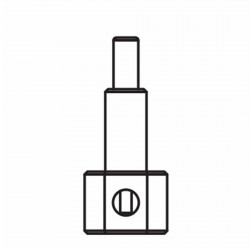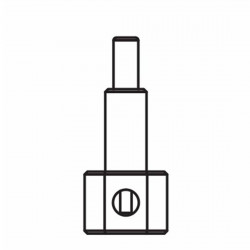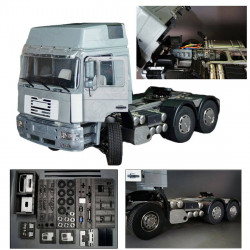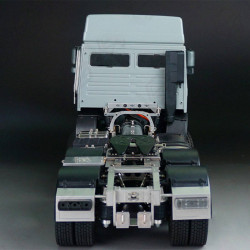
Beginner Series: LiPo vs NiMH Batteries
We're back with more useful RC car battery information! This article discusses the benefits and drawbacks of each battery type to help you choose the one that is best for you.
LiPo:
Advantages:
LiPos are more compact and lighter.
They are not constrained in terms of size or shape.
Possess higher voltages and capabilities, which may enable greater power and speed. The following are typical voltages: 7.4V, 11.1V, 14.8V, and 22.2V.
Their ability to release energy at a different and flatter rate gives them greater power. This allows your motor to receive a more steady flow of energy.
Quicker Charging
Disadvantages:
LiPos can pose a risk. Fire may break out if the battery is not stored correctly or if it is damaged and punctured.
They last between 300 and 400 cycles, which is a reduced life span.
LiPos is made up of carbon and highly reactive lithium, which has a large energy storage capacity. The flat structure lowers the inner resistance (POWER).
NiMH:
Advantages:
More User-Friendly
can usually withstand more charging cycles, which could extend their lifespan.
They are less expensive than LiPos.
If punctured, it is less prone to catch fire.
Disadvantages:
Your automobile gradually loses power until the battery runs out entirely since this battery depletes over time.
Heavy Weight
Lower Voltages: usually available in 3.6V, 7.2V, and so forth.
"NiMH batteries store energy using hydrogen, and the hydrogen ions are kept under control by nickel and another metal (like titanium). It frequently has a cylindrical form. (POWER).









